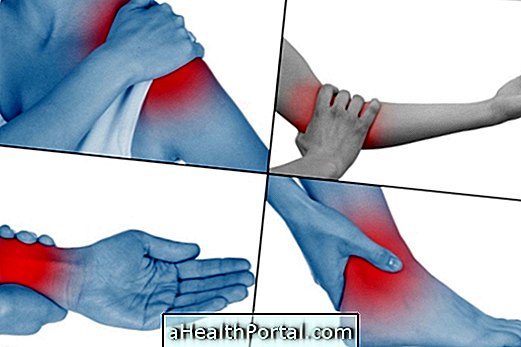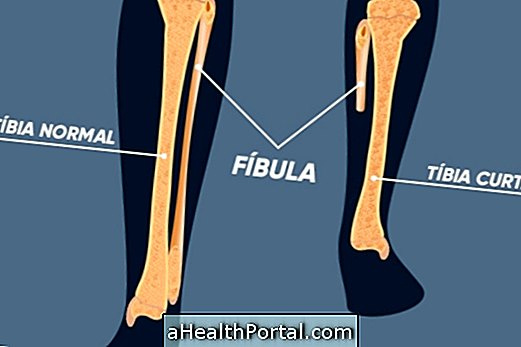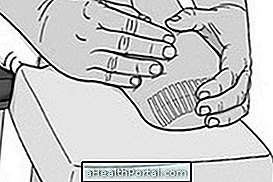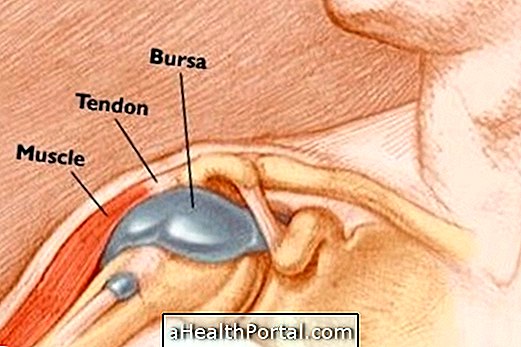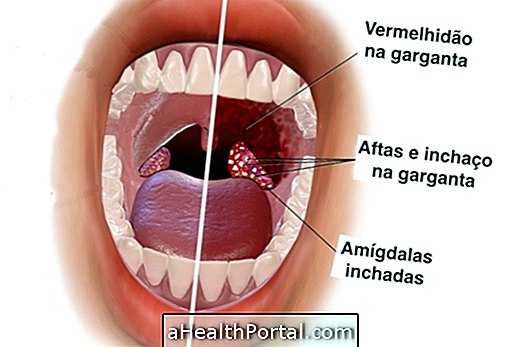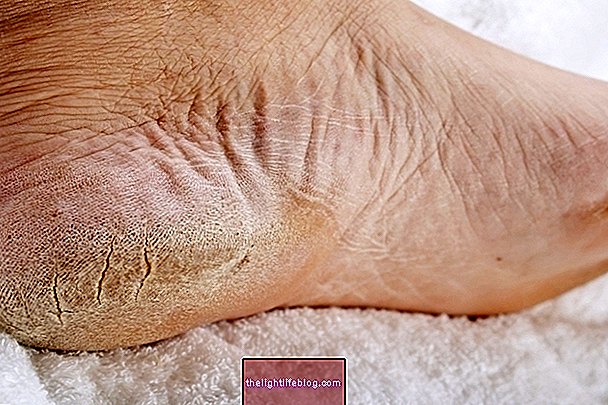Cervical spondyloarthrosis is a type of arthrosis that affects the joints of the spine in the neck region, leading to symptoms such as neck pain radiating to the arm, frequent dizziness or tinnitus.
This spinal problem must be diagnosed by an orthopedist and treatment is usually done with physical therapy and the use of anti-inflammatories, which can be ingested in tablet form or administered directly into the spine through an injection.

Main symptoms
The most common symptoms of cervical spondylosis include:
- Constant pain in the neck that can radiate to 1 or 2 arms;
- Difficulty in moving the neck;
- Tingling sensation in the neck, shoulders and arms;
- Dizziness when turning head quickly;
- Sensation of "sand" inside the spine in the neck region;
- Frequent tinnitus in the ear.
Some of these symptoms may also be a sign of other problems in the spine, such as a cervical hernia, for example, so you should always consult an orthopedist to confirm the diagnosis and start the most appropriate treatment. Check out the most common symptoms of herniated disc.
How to confirm the diagnosis
Cervical spondyloarthrosis is usually diagnosed by the orthopedist through physical examination and various examinations such as X-ray, MRI, Doppler or computed tomography, for example.
How is the treatment?
Treatment of cervical spondyloarthrosis is usually done by taking analgesics and anti-inflammatories such as Diclofenac for approximately 10 days and physiotherapy sessions to relieve inflammation of the joints.
However, if the discomfort does not improve, the doctor may recommend injecting the anti-inflammatory into the affected joint and, in the most serious cases, surgery. See also some natural ways to relieve neck pain.
Physiotherapy for spondyloarthrosis
Physical therapy sessions for cervical spondylarthrosis should be performed about 5 times a week, lasting approximately 45 minutes. The physiotherapist should assess the patient's needs and draw up a therapeutic plan with short- and medium-term goals.
Physiotherapeutic treatment for this type of cervical injury may include the use of devices such as ultrasound, TENS, micro-currents and laser, for example. In addition the patient can benefit from the use of warm water bags that should be used several times a day for approximately 20 minutes at a time.
Even if it is necessary to have surgery, it is important to have physiotherapy sessions in the postoperative period to ensure good mobility of the neck and avoid inappropriate postures.

